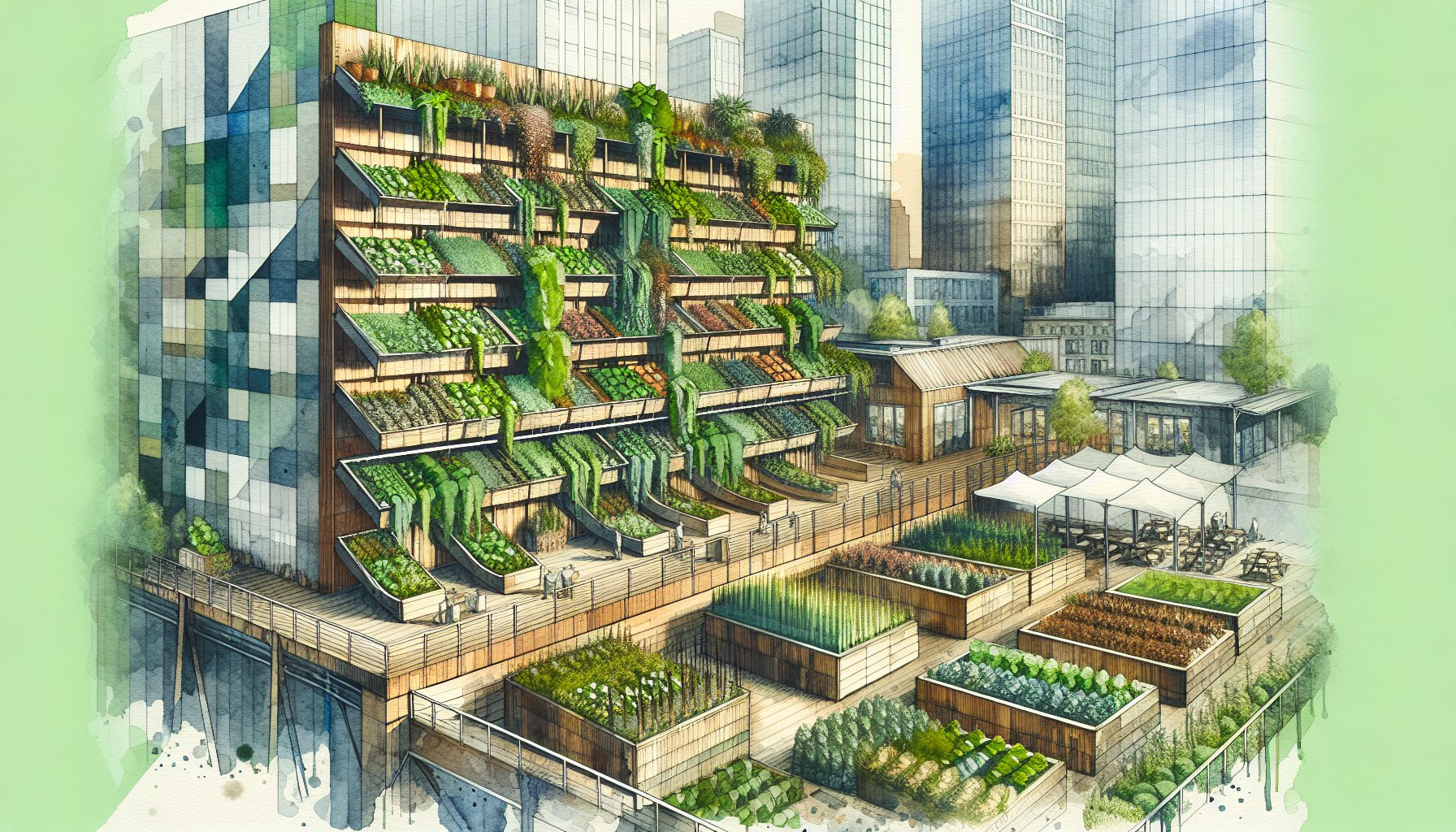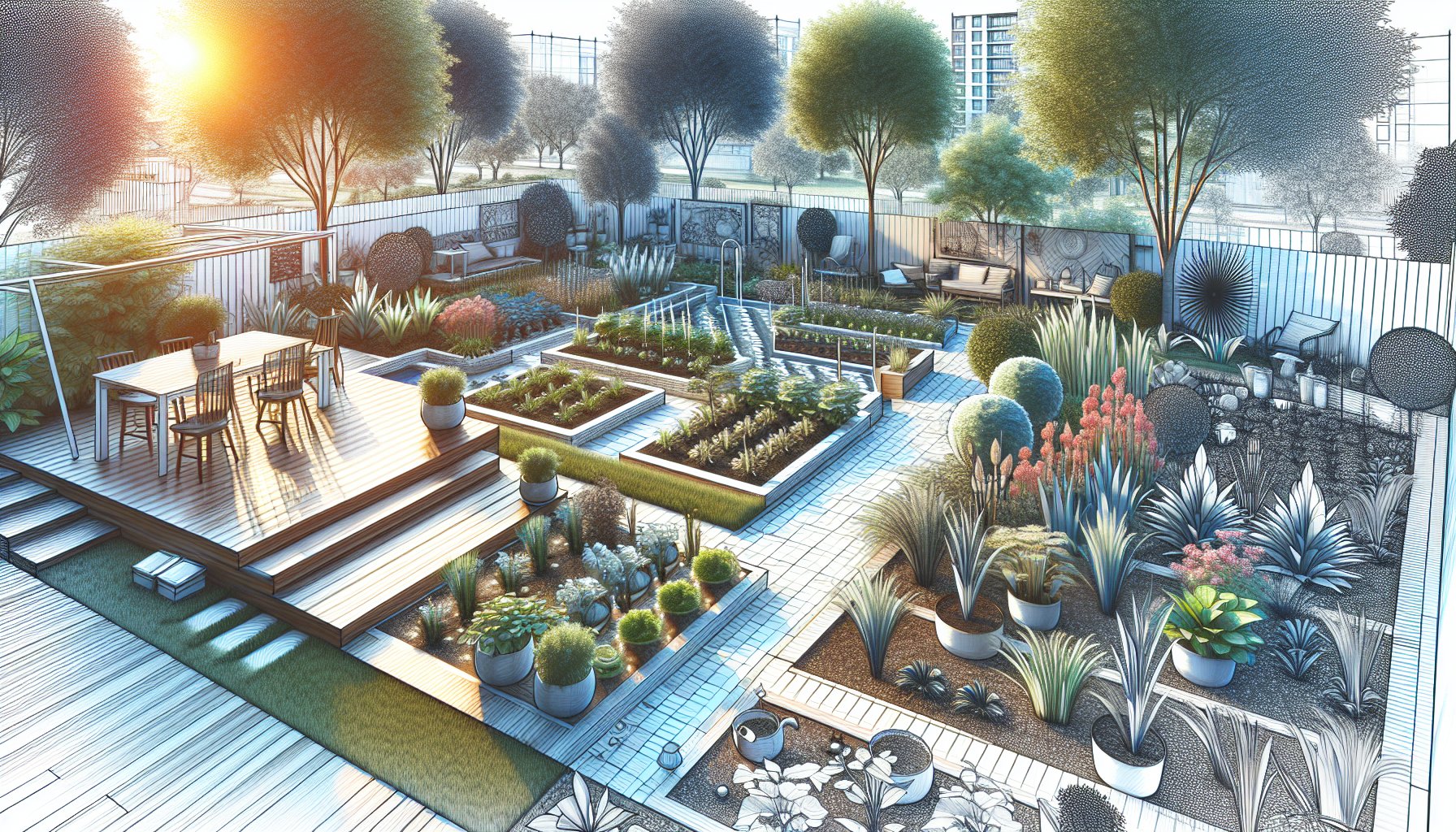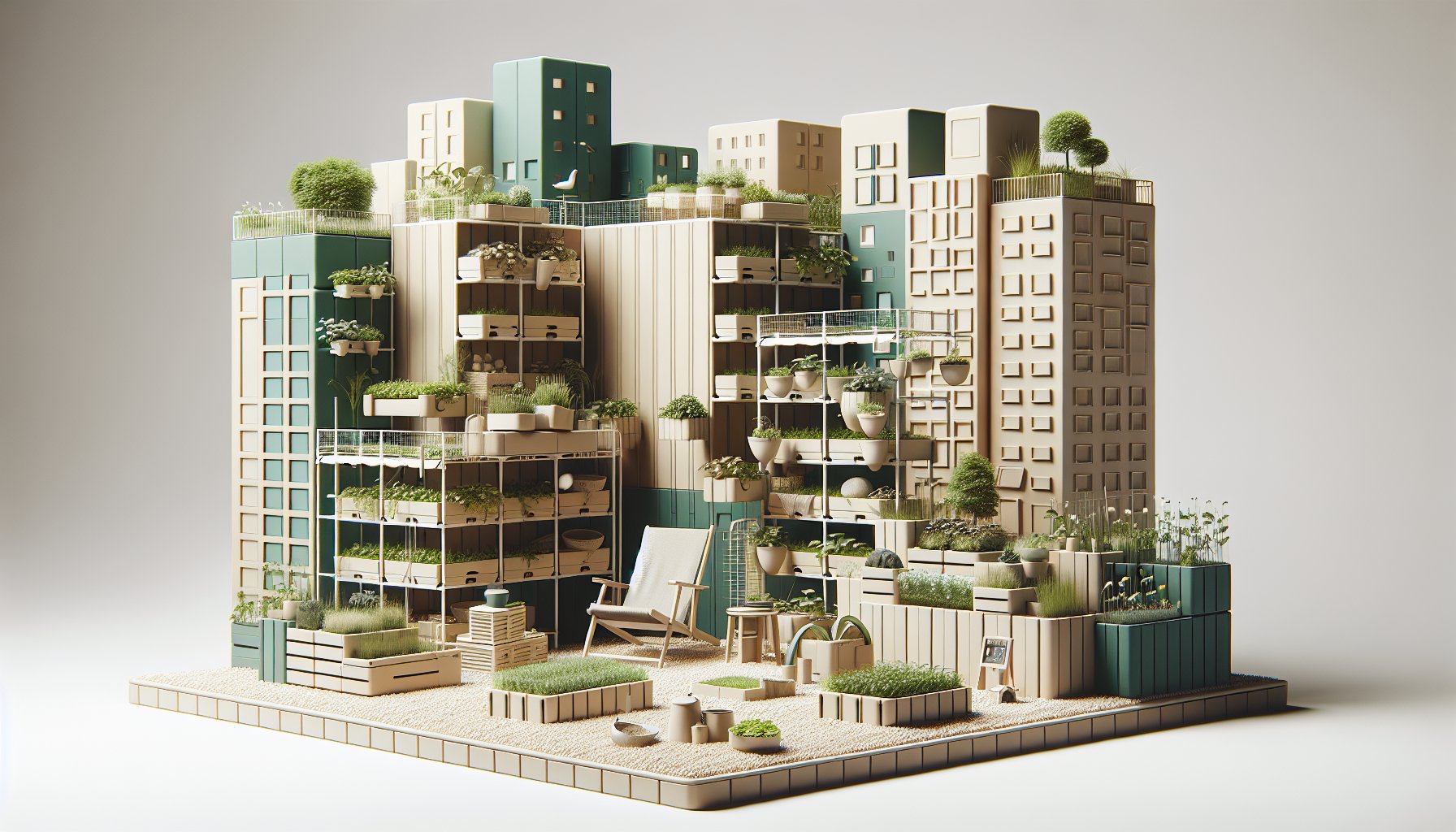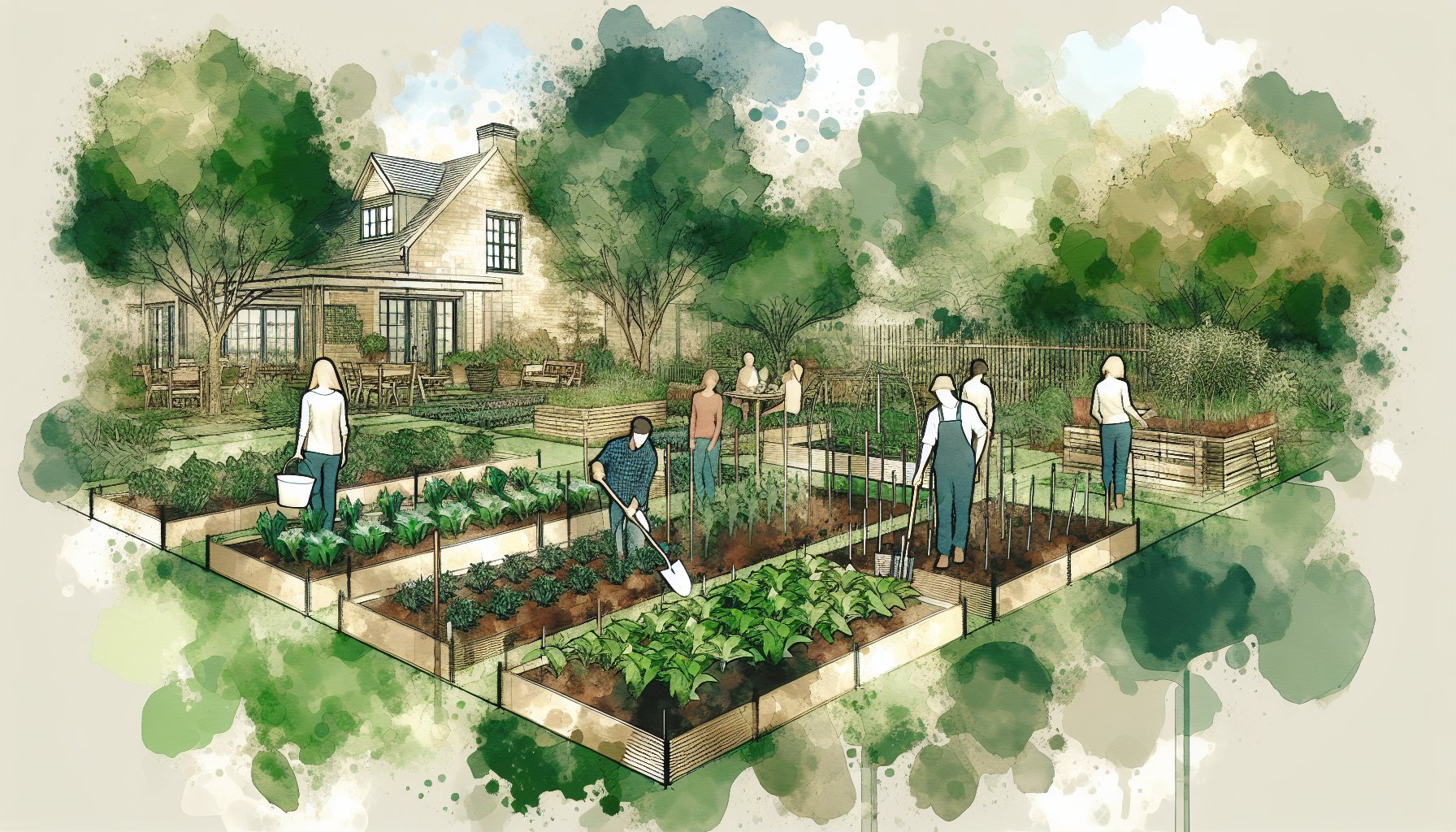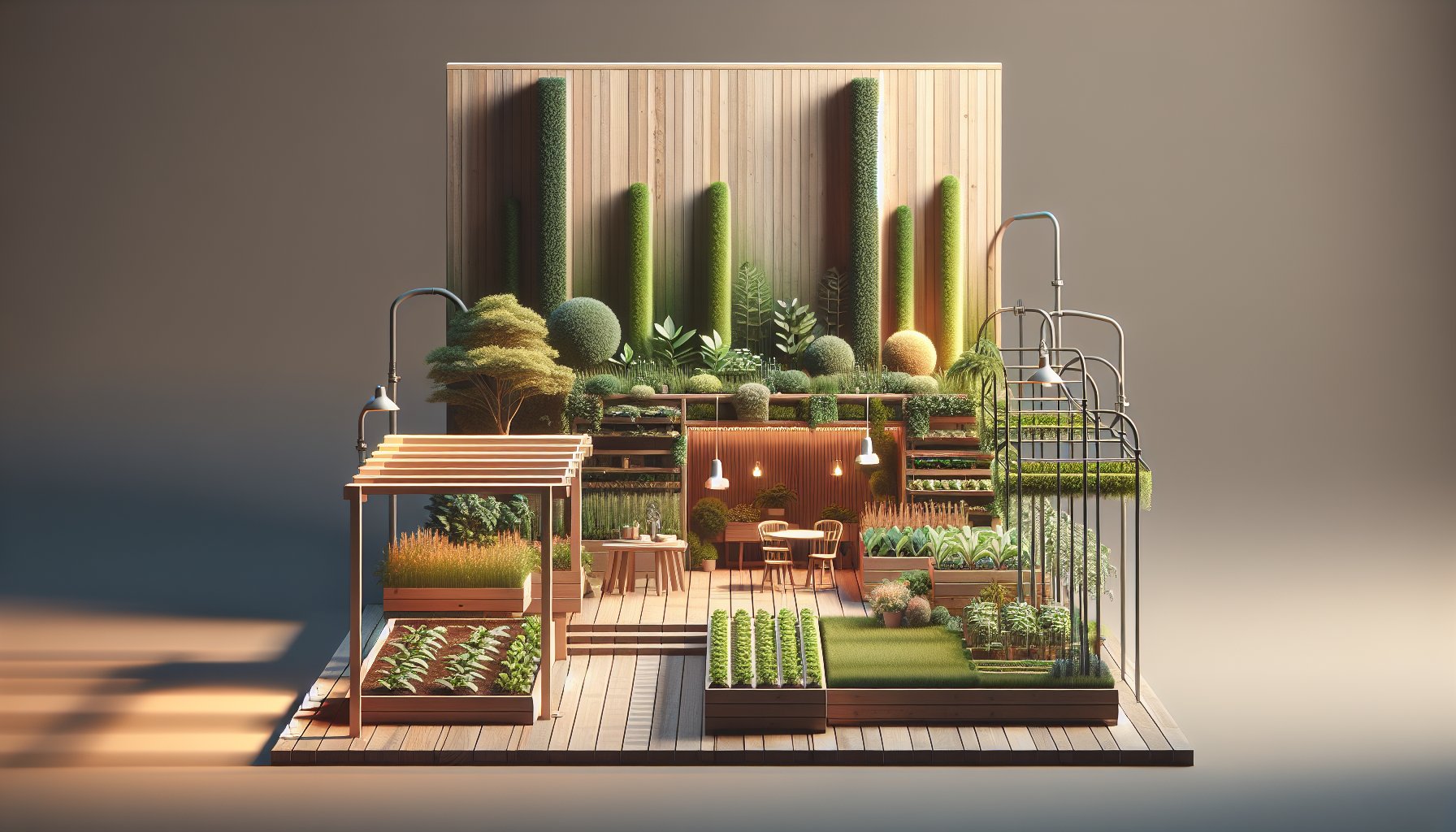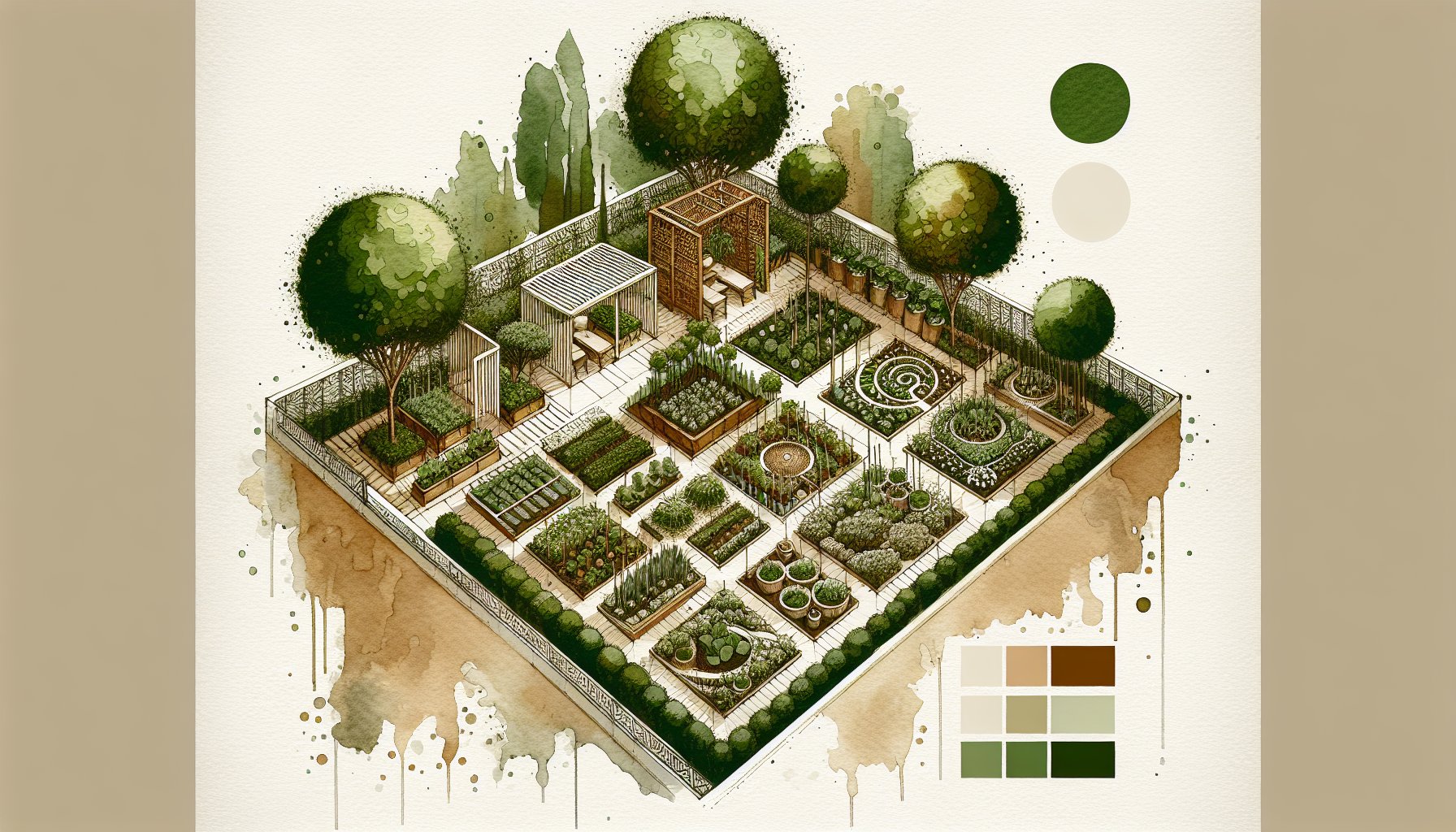Custom Planting Beds
How to Design Custom Planting Beds for Maximum Yield
Discover expert tips on designing custom planting beds for maximum yield. Learn about soil composition, companion planting, and advanced irrigation techniques to create a thriving garden sanctuary that reflects your passion for gardening.
Sep 20, 2025
5 min read
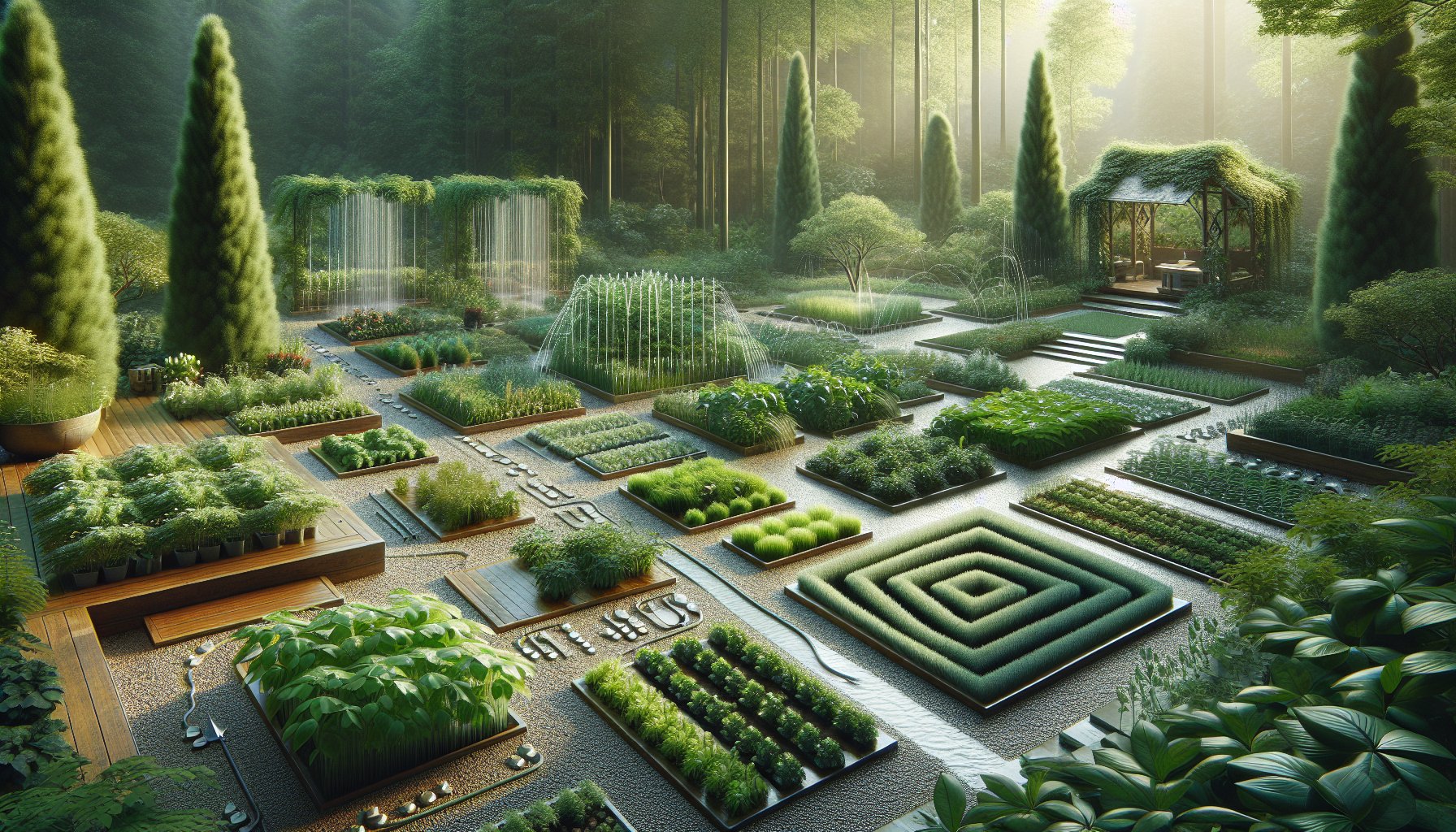
TL;DR
Creating a thriving garden sanctuary with personalized planting beds involves choosing the right location, soil composition, and design aesthetics. Techniques such as crop rotation, companion planting, and advanced irrigation are crucial for maximizing yield. Embracing diversity and designing for both aesthetics and functionality can enhance your gardening experience. By adapting to challenges like tree roots and pest infestations with strategic planning and the right tools, you can cultivate a productive ecosystem that reflects both your passion and the beauty of nature.
Crafting a garden sanctuary is much like painting with nature’s palette. It’s a personal journey that blends aesthetics and functionality to both beautify your space and maximize what you can harvest. Designing custom planting beds? It’s not just about where you drop seeds, it's about building an ecosystem that thrives on nuanced planning. Here at Carson Outdoor Living, we hold the belief that every inch of your garden can become a bespoke retreat, meeting your individual gardening dreams.
Location, Location, Location!
First things first, choose a spot that caters to your plant's needs. Picture a corner of your yard where sunshine is ample but winds are less aggressive. This choice not only lets your plants bask in ideal light for photosynthesis but also shields them from edgy weather. And remember, sun and shade are mere puzzle pieces; the soil is really where the roots of success take hold. Raised beds? They’re your VIP pass to mixing a soil cocktail that’s just right for your crops. Think mushroom compost and aged pine bark, nutrient-rich and drainage-friendly.
The Soil Symphony: Nutrients in Harmony
Designing your garden is a bit like composing a symphony. The soil is your conductor, orchestrating the life-giving elements that make your plants sing. As the seasons change, swap out summer crops for their cool-season counterparts. When I plucked spent veggies from my raised beds, they were filled with tree roots from my neighbor’s oak, a quiet reminder that even trees love good soil. Craft a custom soil blend perfect for your garden goals. Remember, replenish and enrich your soil each fall with high-quality compost to maintain your garden’s rhythm and health.
Form Follows Function
In the grand theater of gardening, design needs both style and substance. Crafting planting beds isn’t just practical; it’s a chance to aesthetically integrate them into your landscape. Raised beds provide structure, but a little creativity can transform them from mere boxes into eye-pleasing garden features. Consider choosing cedar or composite materials, not just for durability, but for the warmth they add. And when it comes to plants, mix textures and colors for a veritable feast for the eyes and palate.
Sunlight Choreography
Think of sunlight as the prima ballerina in your garden production. Knowing how to harness it can make or break your yield. Observe how light moves across your space and choose your plants' positions accordingly. Taller plants like tomato divas may overshadow their smaller companions unless they’re strategically placed. Play with reflective surfaces to amplify available sunlight, because in the dance of growth, every ray counts.
Water Wisdom
Water is your garden’s lifeblood, so consider smart irrigation techniques. Self-watering beds are a game changer, hydrating your plants just right, even during sweltering summer months. Opt for materials like peat moss or coir, which retain moisture without drowning roots. Tailor your beds to minimize water competition from tree roots, creating a thriving stage for your planting performance.
Companion Planting and Polyculture
Plant diversity isn’t a haphazard mix, it’s a carefully orchestrated ecosystem. Companion planting minimizes pests and maximizes yields. Need proof? Basil can deter aphids from tomatoes! Use vertical space wisely and celebrate plant diversity for resilient, healthy beds that support both flora and fauna.
The Seasoned Gardener’s Rotation
Every pro-gardener knows that rotating crops is like having a well-choreographed lineup for a concert, it keeps the soil fresh and pests at bay. Mix legumes with heavy-feeders like tomatoes to give your soil a break. This way, your garden stays on a vibrant, productive note throughout the year.
Beyond Basics: Advanced Techniques
Ready to elevate your game? Consider vertical gardening and self-watering systems. It’s about maximizing not just space but potential. Use barriers to fend off tree roots and refine irrigation systems to cater to your plants’ specific hydration needs.
Nature's Guardians: Pest and Pollinator Management
Pest control and pollinator attraction are your garden's dynamic duo. Plant flowers like marigolds to draw helpful insects and fend off the baddies. It’s an eco-friendly way to ensure harmony in your planting beds, encouraging more than just good yields.
Tooling Up
Your tools are your allies in this creative endeavor. From sharp shovels for breaking new ground to irrigation gadgets that ensure perfect watering, each piece of equipment plays its part in your garden's productivity. Investing in quality tools makes the process less chore-like and more enjoyable.
Harvesting Dreams: Reflect and Adapt
Come harvest time, it’s not just about tallying tomatoes, it’s about learning what worked and what didn’t. Battling tree roots? Time to rework your soil or add barriers. Soil worn out? Give it a compost boost. Your garden is a living testament to adaptability and growth.
Gardening is as much about the joy of the process as it is about the product. As you refine and enhance your planting beds season after season, remember that each turn of the soil is a step closer to your dream garden. Embrace the journey, and happy gardening!

Need Help?
Check out these related products that can help:

